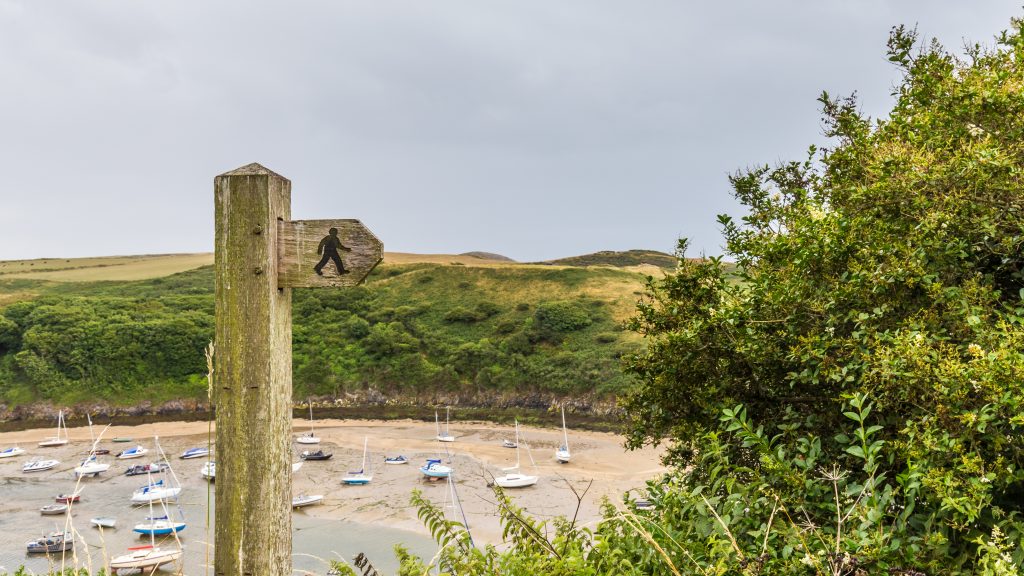This page outlines changes to Planning Policy in Wales for second homes and short term lets and how the Authority will consider this issue on a case by case basis.
Background
In 2021, research[1] in Wales highlighted the complex impacts of second homes and short-term lets on housing markets and communities. In response, the Welsh Government implemented three measures to control these issues, including allowing Local Authorities to charge up to 300% on Council tax for second homes, introducing a licensing scheme for short-term lets (under consultation), and making changes to planning legislation and policy. The Planning measures introduced three new use classes, namely C3 for dwelling houses used as main residences, C5 for dwelling houses used as second homes, and C6 for short-term lets. Additionally, the Town and Country Planning (General Permitted Development) Order 1995 was amended to permit changes between these new use classes. These developments are particularly relevant to the Pembrokeshire Coast National Park Authority as a Local Planning Authority.
The Authority agreed to introduce consideration of this issue on a case-by-case basis in a meeting of the National Park Authority on 29th March 2023. The report of which can be found at the link below:
08_23-Planning-Policy-Changes-re-Second-Homes-abd-Short-term-lets.pdf (pembrokeshirecoast.wales) (Opens in new window)
How might this affect your Application?
The changes to the regulations outlined above do not mean that we will not allow C5 (second homes) and C6 (short-term let) uses but under certain circumstance we may apply C3 occupancy use class condition to a dwelling you build or want to change the use of, meaning that it must be used as a main dwelling[2].
How do we decide when to apply C3 occupancy condition?
- Policy Context
When thinking about the appropriateness of applying conditions to control occupancy, officers will consider if/how following Local Development Plan 2 policies apply:
- Policy 46 Housing (Strategy Policy): The housing requirement set out Local Development Plan 2 is based, in part, on an assumption that some of the housing stock will be second homes or holiday lets. This assumption is based on the 2011 Census figures, which recorded household spaces that have ‘no usual resident’as 26.7% within the National Park. Where a centre has a greater prevalence than 26.7% of homes as second homes or short-term lets, there is scope to affect the ability of the plan to deliver on its housing targets.
- Policy 40 Self-catering Development: Allows for the development of self-catering developments in specific locations within the centres of the National Park or for conversion in a countryside location.
- Policy 47 Housing Allocations or Land with Permission & Policy 48 Affordable Housing: These policies are supported by assumptions made to determine the viability of housing development to deliver the Authority’s affordable housing targets. Applying occupancy controls may impact on viability. However, the impact is not yet fully understood.
- Analysis
In addition to consideration of the 2011 Census basis for Policy 46, Officers also consider the following through a desk-based analysis:
- Statistics on the prevalence of second homes and holiday lets based on the Local Land and Property Gazetteer, Council tax register and register of holiday lets spatial data set.
- Cluster[3] analysis of second homes and holiday lets to investigate if higher prevalences can be found within certain areas within a centre
- The prevalence of second homes and holiday lets in similar developments in the area
- The prevalence of second homes and holiday lets in recent developments
[1] WG42058 (gov.wales) (Opens in new window)
[2] Occupied for greater than 183 days per calendar year
[3] Using a computer algorithm similar data points are grouped together in a dataset. The assumptions inputted by Officers are to have a minimum of 5 such data points (in this case either second home or holiday let) within 100m of each other. DBSCAN finds the groups of points that are close together. It starts by choosing a point at random and then looks at all the other points within a certain distance of that point. If there are enough points within that distance, DBSCAN will consider those points part of a cluster. Then, it repeats the process for each of the points within the cluster until all the points in the cluster have been identified. DBSCAN also identifies points that are too far away from any cluster to be considered part of a group. These points are called “noise” points, and they’re usually not useful for making predictions or analysing the data. Overall, DBSCAN is a useful algorithm for finding patterns in data when you don’t know how many clusters there are or how big they are.

